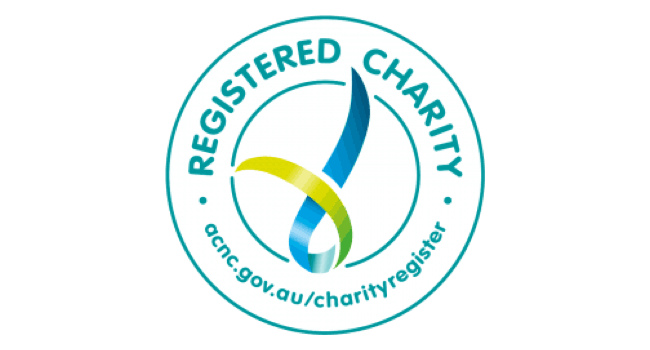Brainstorming
Brainstorming is used to expand the thinking of the group by putting as many solutions as possible before the group in a limited time before discussion and evaluation takes place. It frees the imagination to come up with new ideas.
How it can be done
- People sit in a semicircle facing a blackboard, whiteboard or a wall on which there are taped sheets of butcher’s paper to write on. Someone is appointed to record ideas.
- The problem is posed and people are asked to contribute as many ideas or solutions as they can think of. The recorder (or facilitator) encourages people to think quickly and suggest anything that comes into their heads.
- The following rules are made clear to the group:
- There is to be no criticism of any ideas during the first part of the session
- People should contribute even far-fetched and outrageous ideas because they can trigger off more practical ideas at a later stage
- The more ideas the better.
- The session ends at a fixed time or when all ideas are exhausted.
- At the end of the first stage the ban on criticism is lifted and the group evaluates each idea recorded for its applicability and probable effectiveness.
- The best ideas are recorded in priority order and used as a basis of planning action.
Breaking into small groups
Breaking into small groups is one of the most basic techniques to increase participation in meetings. It can be planned for or resorted to in just about any meeting when you want to get everyone involved or when you have a hard topic to discuss, or where the discussion is focusing on a few highly articulate people. It is a very useful technique to enable everyone to try out their ideas and express their opinions.
How it is done
- The item for discussion is introduced in the large group and the task for the small group is clarified. Time limits and places for the small groups to gather are designated. The make up of the small groups and the way they are to report back is also specified (your main conclusion, your priorities, your recommendations, etc.).
- Break into small groups quickly. A small group can be from 3 to 15 people. The more trust needed for discussion the smaller the group should be. If time is short and a consensus decision is needed groups should be no larger than 6 or 8.
- The groups meet for a specified time. A recorder and/or reporter should be appointed at the start.
- The small group reconvenes in the large group and reports back on their discussion.
Identifying priorities
A formal process of identifying priorities enables all members of a group to participate in the identification of issues and concerns and to reach consensus on its top priorities.
How it is done
- Start by defining your problem, e.g. what priorities do we have for disposing of the money raised at the fete.
- As a whole group you might like to brainstorm a list of possibilities.
- Then break up into pairs. Each pair talks about the possibilities and agrees on two priorities. This should take no more than five minutes.
- The pairs then join up with another pair to form groups of four. Each group selects two priorities from the four possible ones although they could overlap. This should take about 8 minutes.
- Then the group of 4 join another group to make 8. They discuss the priorities of each group and then again reduce them to two priorities. This should take about 12 minutes, or less if they are more or less already in agreement.
- The process continues until you merge into one whole group with agreed upon common priorities. As the groups get bigger you may need to designate one person from each group to be the spokesperson and chief negotiator in the bigger group.



